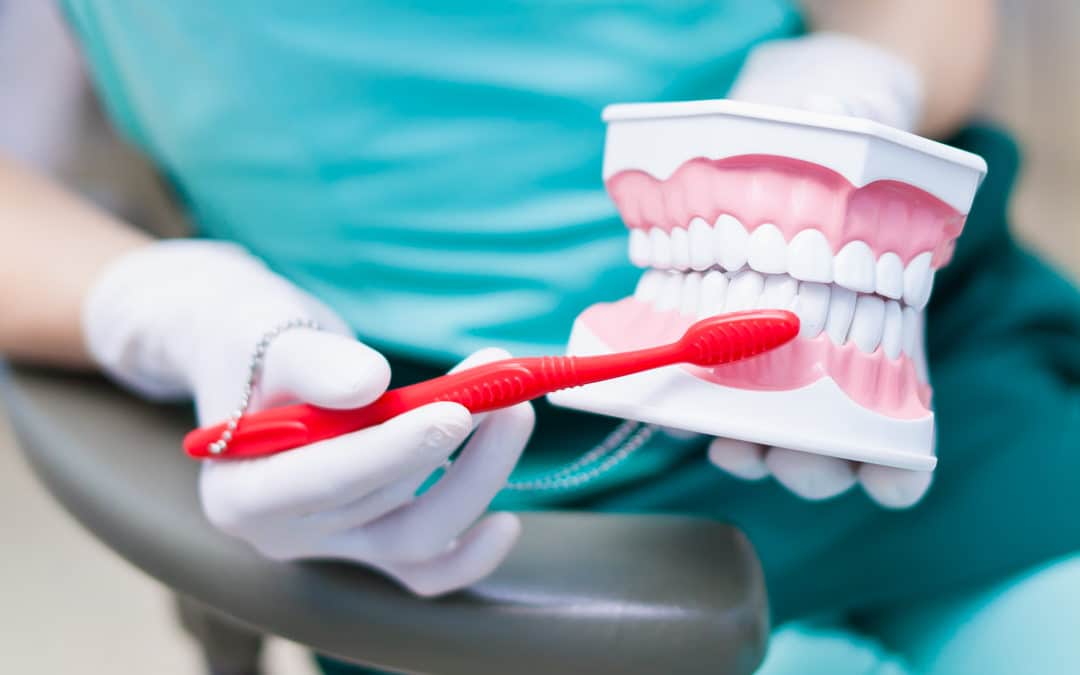Implant procedures can be a great solution for people who are missing one or more teeth. However, for nervous patients, the idea of undergoing an implant procedure can be quite daunting. In this discussion, we will go through the step-by-step process of how an implant procedure is done from start to finish, while also addressing some common concerns of nervous patients.
Step 1: Consultation and Examination
The first step in the implant procedure is the consultation and examination with a dental professional. During this stage, the dental professional will assess the patient’s oral health and determine whether the patient is a suitable candidate for dental implants. The dental professional may also take x-rays, CT scans or 3D imaging to gain a better understanding of the jawbone and surrounding tissues.
For nervous patients, this stage can be particularly nerve-wracking, as they may be anxious about the diagnosis or the potential outcome of the procedure. However, it is important to remember that the consultation is a chance for the patient to discuss their concerns with the dental professional and ask any questions they may have. It can be helpful to write down any questions or concerns beforehand to ensure that they are addressed during the consultation.
Step 2: Treatment Planning
Once the dental professional has determined that the patient is a suitable candidate for dental implants, they will create a treatment plan tailored to the patient’s individual needs. The treatment plan will include details such as the number of implants required, the location of the implants and the type of implant that will be used.
Nervous patients may feel overwhelmed by the thought of undergoing a complex treatment plan. However, it is important to remember that the dental professional will work with the patient to create a plan that is suitable for their individual needs and preferences.
Step 3: Implant Placement
The implant placement stage is the most critical part of the procedure. During this stage, the dental professional will surgically insert the dental implant into the jawbone. The procedure is done under local anesthesia, which means that the patient will be awake but will not feel any pain.
Nervous patients may be concerned about the pain or discomfort associated with the procedure. However, the dental professional will take steps to ensure that the patient is comfortable throughout the procedure. For example, the patient may be offered sedation or relaxation techniques to help them feel more relaxed.
Step 4: Healing and Integration
After the implant has been placed, the patient will need to allow time for the implant to fuse with the jawbone. This process, known as osseointegration, can take several months. During this time, the patient will need to take good care of their oral hygiene and follow any instructions provided by the dental professional.
Nervous patients may be concerned about the recovery process or the potential for complications. However, the dental professional will provide clear instructions on how to care for the implant during the healing period, and will also monitor the patient’s progress to ensure that everything is healing as it should.
Step 5: Restoration
Once the implant has fully integrated with the jawbone, the patient can return to the dental professional to have the implant restored. This typically involves attaching an abutment to the implant, which will then be used to support a crown or other prosthetic device.
Nervous patients may be worried about the appearance or function of the implant. However, the dental professional will work with the patient to ensure that the restoration is tailored to their individual needs and preferences. This may include selecting a prosthetic device that looks and functions like a natural tooth, and ensuring that the restoration is comfortable and functional.
In conclusion, the implant procedure can be a complex and daunting process for nervous patients. However, by understanding the step-by-step process of the procedure and working closely with a dental professional, nervous patients can feel more confident


